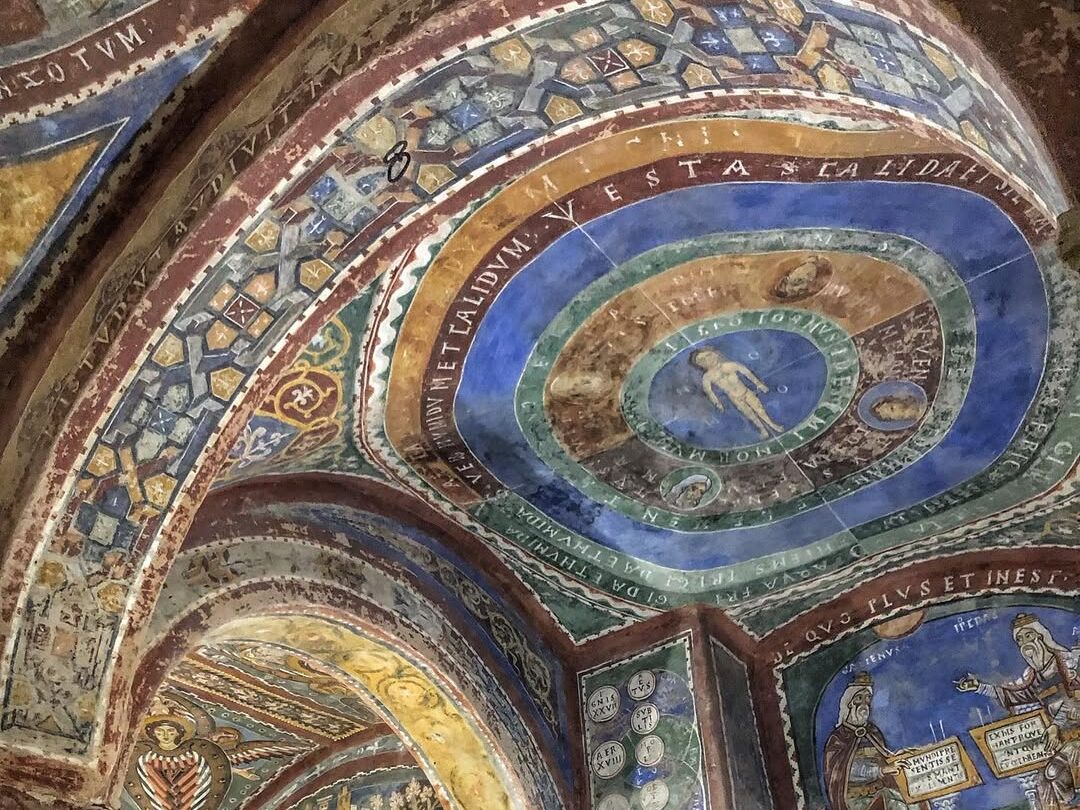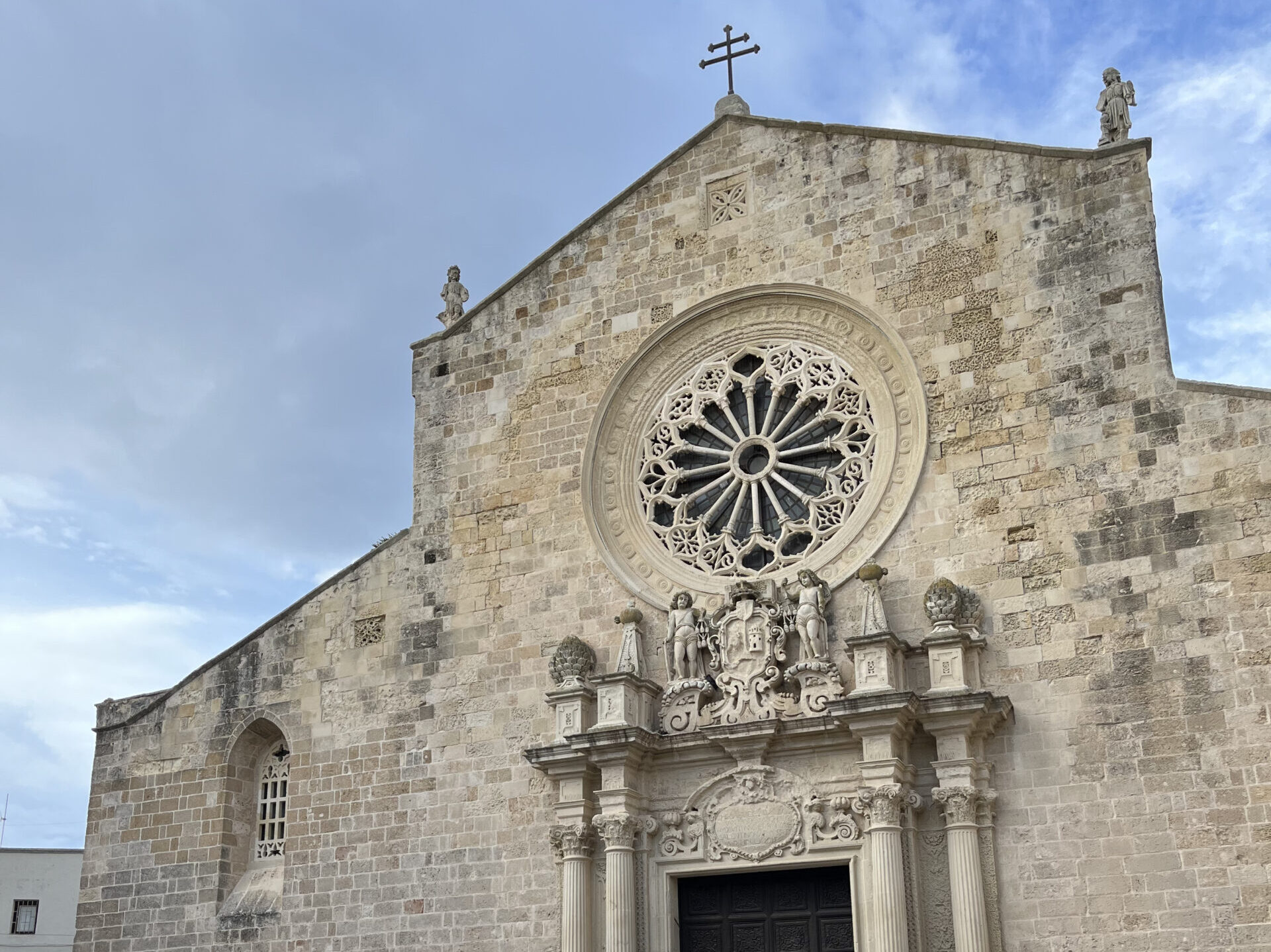In the heart of southern Lazio, amid ancient abbeys, hermitages carved into rock, and cathedrals that have witnessed great events, history springs vividly to life. From the Placiti Cassinesi—the first known document in the Italian vernacular—to the infamous “Slap of Anagni,” this is a journey through centuries of faith, power, and extraordinary stories told by monks, popes, and timeless frescoes.
It is around the year 960, and the Benedictine monks of Montecassino Abbey in Lazio find themselves embroiled in an unpleasant legal dispute with one Rodelgrimo d’Aquino, a local feudal lord, over a boundary issue. The quarrel drags on for nearly three years, until Judge Arechisi rules in favor of the monks, allowing them to return to their life of work and prayer, free from worldly distractions.
A seemingly minor affair—but one destined to make history, at least in linguistic terms. A record of the trial, known as the Placiti Cassinesi, is considered the very first document written in the Italian vernacular. Today, the four parchments containing the transcribed words of the depositions still rest in the monastery, having survived centuries of upheaval—including a devastating earthquake in 1349 and the Allied bombing of 15 February 1944, when the abbey was suspected of harboring German troops.
Yet Montecassino—the largest monastery in the world—is not the only site in the area to offer rare glimpses into history and spirituality. Not far away stands the Sanctuary of the Sacro Speco, built into the rock of Mount Taleo, one of the most sacred places for the Benedictine Order. Here lies the cave where, at the dawn of the 6th century, the young Benedict of Norcia lived as a hermit. The complex now comprises two superimposed churches and numerous chapels, with artistic treasures dating as far back as the 8th century—frescoes whose vivid colors still captivate visitors.
Roughly halfway between these two spiritual jewels—and an ideal base for exploring the area—is Anagni, known as the “City of Popes” for having given birth to four pontiffs: Innocent III, Alexander IV, Gregory IX, and Boniface VIII. It was also the stage for one of the most dramatic episodes in papal history: the “Slap of Anagni,” the humiliation dealt to Boniface VIII on 7 September 1303, within the magnificent setting of the city’s cathedral. Even today, around that date, evocative costumed reenactments bring that historic day vividly back to life.




